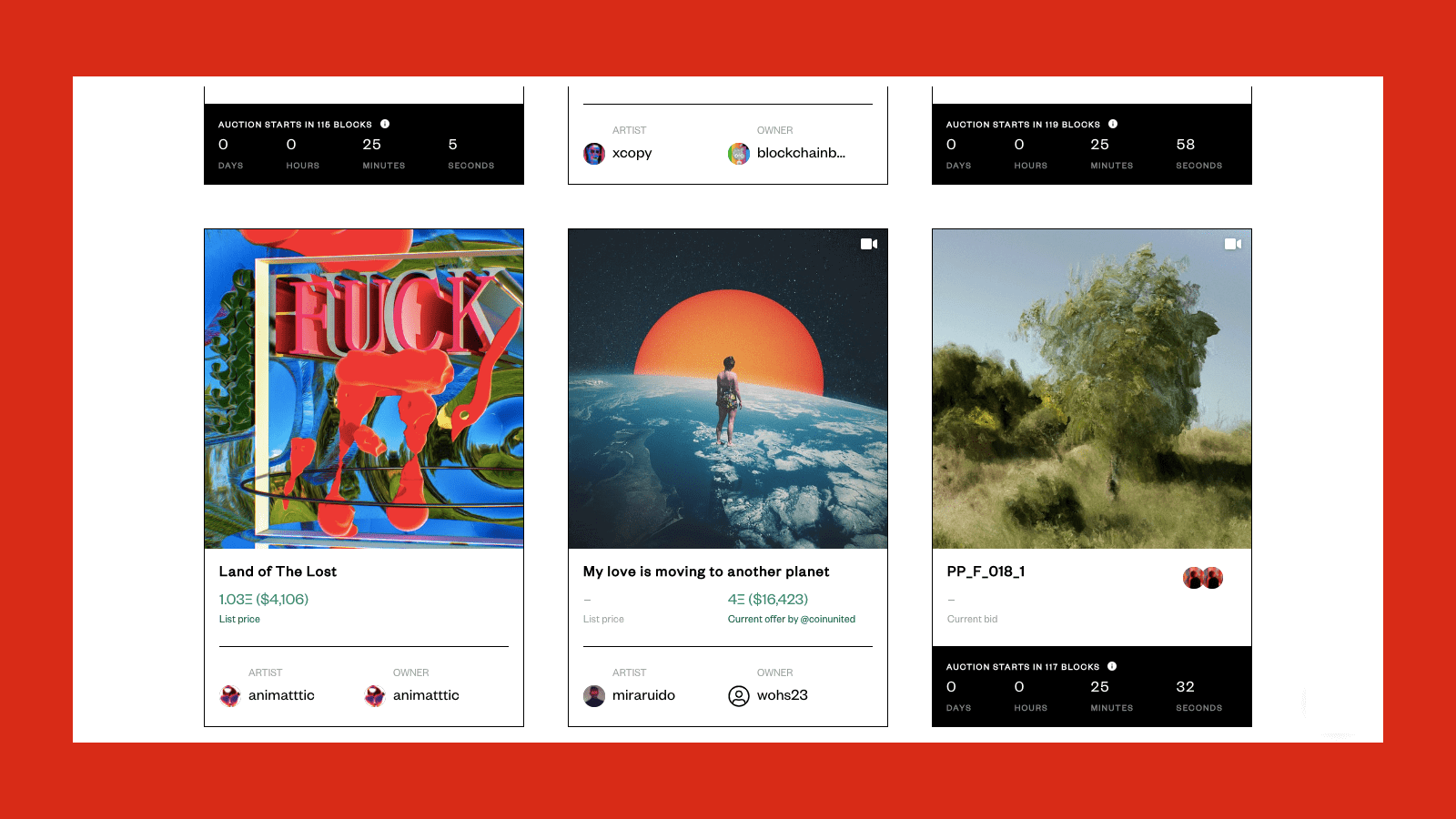NFTs, CryptoArt, a blockchain explosion. That’s what everyone is talking about right now. If you have no idea what they are or you simply have no clue how you can jump on the hype. Well, this article is for you.
We’ve talked with our member Ryan Koopmans — whose already very active in this new sphere — and asked him a couple of questions in the hope to help fellow photographers and artists to understand what are NFTs and CryptoArt and how to use them.
Ryan has a series of really cool work on his SuperRare profile, which you can see and buy here.
1. What does NFT stand for?
NFT stands for non-fungible token. It’s a kind of digital signature that provides verifiable ownership of digital items and exists on a blockchain (most often the Ethereum blockchain).
2. Why is it hyped?
NFT’s and the marketplaces to trade them have been around for several years, but the recent increase in popularity and mainstream exposure happened this March when the digital artist Beeple sold a piece titled “EVERYDAYS: The First 5000 Days” at Christie’s auction house for 69.3 million USD.
The hype has increased as artists have realized that there is a flourishing community around this digital art revolution, and that in some cases, tokenizing one’s digital artwork can provide another stream of income.

3. What does it mean to sell? What does it mean not to sell?
Selling means that an artist has ‘minted’ a piece of digital artwork and that artwork has been purchased by a collector or another artist via one of the many online NFT marketplaces. The NFT then moves from the creator’s wallet to the new owner’s wallet, and the transaction is forever recorded on the blockchain.
Sales can exist in the form of auctions, open offers, or buy-it-now frameworks. In some cases, the art is purchased with ETH cryptocurrency, in other marketplaces it can be purchased with USD etc.
Once an offer is accepted or an auction is won, the NFT will automatically transfer to the new owner’s wallet, and the seller of the NFT will receive funds in exchange.
The new owner can now sell the NFT if they wish, and depending on the marketplace, the original creator (the artist) will receive a royalty from all future sales of that NFT.
Not selling simply means that you as the owner of the artwork have not traded or sold your creation yet. Usually that means it stays in your wallet, unless you ‘burn it’ whereby the token is permanently destroyed and removed from the blockchain.

4. What are the drivers of the market?
Lots of factors contribute to the status of the market. Quality of the work, community engagement and artist notoriety are all fundamentally important factors when determining value. The current price of ETH, over/under supply of new artwork, and the over/undersupply of new collectors all contribute to how much art is selling and at what prices.
5. How can I get people to collect my work?
Creating unique and meaningful work is the most important thing to aim for, just the same as when trying to attract galleries and industry contact in the real world. The fact that a NFT is a digital asset with proof of ownership doesn’t change the basic necessities that a piece of art needs in order to be appealing to a buyer. Having someone appreciate your NFT requires the same approach and factors as having someone want to collect your photography, paintings, video work etc.
Learning about digital art, making strong work, and connecting with the NFT community is the best way to attract the eyes of collectors. In many cases collectors are already looking at artists who don’t even have any of their work minted as NFT’s, but see the artist as a potentially good investments and approach them with the suggestion that they tokenize a piece of their art.
6. Gas prices, minting, blocks, collections — What are the key terms I need to know?
There is a lot of terminology. The first place to start is to understand the overall concept, then look into educational resources online. Since the increase in popularity, a lot of material exists online that can give a good introduction to the concepts and process of buying/selling. Listening to Clubhouse chatrooms about NFTs can also be very useful, as well as researching these topics on Twitter.
A good introductory video by SuperRare can be found here:
Or a longer video here:
7. What are the best platforms for starters and where do the pros sell their work?
There are constantly new marketplaces being created, some are curated and submission based whereas others are open to anyone. At the time of writing, OpenSea and Rarible are examples of non-curated marketplaces where one can begin their journey into buying and selling NFTs. Makersplace, Foundation, Nifty Gateway and SuperRare are more curated platforms, each of which has its strengths and aspects that need improvement.
An artist is allowed to sell work on all of the different platforms, as long as it’s not the same artwork being sold in multiple places. There will continue to be new marketplaces and platforms created as the space is relatively new and the interest in the concept of NFTs has exploded in popularity.
We would like to thank Ryan for his time and the interview. If you’re interested in exploring more about Ryan’s work, you can have a look at his Cherrydeck profile, his website, or his SuperRare profile.
For more tips and insights on photography and art, keep an eye on our blog. ?




5 replies on “NFTs, CryptoArt, Blockchain — Ryan Koopmans Tells You All You Need to Know”